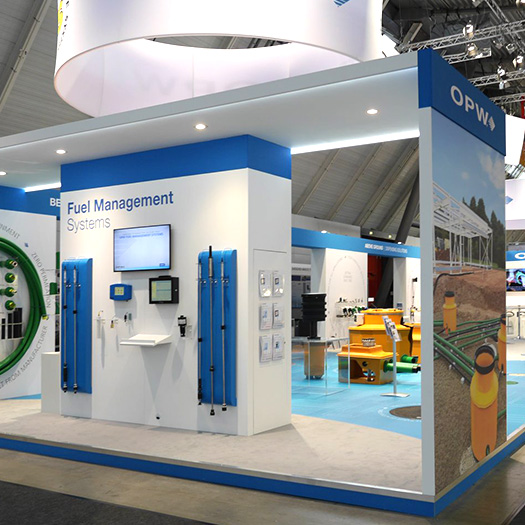How Signage Provides Much-Needed Structure for Our Reopening

Because it is up to employees to comply with these new rules, challenges may arise even if people have good intentions. Returning to a familiar office environment may also mean returning to old habits, which can lead to forgetting new precautions and amplifying the risk of spreading infections.
As DeanHouston’s Emma Mendenhall stated in a recent DH+ INSPIRE podcast, “One thing I’ve noticed getting back into the office in person is that you fall into your old habits. You’re in a different environment, so you have to recalibrate yourself.”
In order to break these old patterns, visual cues and signs are helpful in subtly promoting the most recent safety guidelines and new sanitization practices.
Signage in the Office Environment
The CDC suggests that offices implement many new procedures in order to minimize the risk of employee exposure to COVID-19, including taking steps to physically separate employees and rearranging office flow. These tactics can be achieved through clear communication and visuals to make understanding the new protocols simple.
Signs are an easy way to visually demonstrate how employees should be moving through the office. The American Society of Safety Professionals (ASSP) also acknowledges the significant role that signs play in making workers aware of workplace conditions, which is a key factor in promoting a clean and sanitized environment.
Key Elements of Effective Signage
As signage and visual cues become more prevalent in offices, it is important to keep a few key factors in mind when choosing which signs to display. The ASSP states that signs should be simple and straightforward – this means easily understandable visuals and text that avoids lengthy, confusing messages.
Additionally, placement of visual cues is important, too. Place signs in or around an area that requires new safety or social distancing protocols, and ensure that they are easily readable to all who pass through. One example of the importance of sign placement is demonstrated through the newly suggested “6 feet apart” rule. Signage can easily demonstrate this distance in an office setting so communication and collaboration are still easily achievable in a safe manner.
Conclusion
Though it may be easy to fall into old habits, visual cues can serve as reminders for teams to comply with new safety protocols in the changing workplace environment. In order to simplify this process, Exhibit Logistics has created free, printable graphics available for download here.
These graphics serve as reminders for teams to self-screen, social distance and respect the comfort level of others within the office environment. Because ultimately, an environment built with the care and safety of others in mind leads to more comfortable teams and more productive and collaborative interactions.


